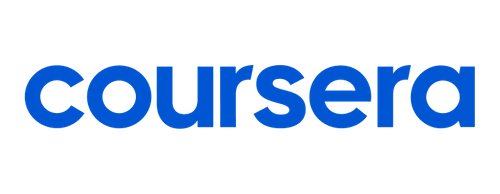Optical Efficiency and Resolution
Course Features
Duration
21 hours
Delivery Method
Online
Available on
Limited Access
Accessibility
Mobile, Desktop, Laptop
Language
English
Subtitles
English
Level
Advanced
Teaching Type
Self Paced
Video Content
21 hours
Course Description
Course Overview
Hands-On Training,Instructor-Moderated Discussions
Case Studies, Captstone Projects
Skills You Will Gain
What You Will Learn
Learn about Optical Efficiency and Resolution
Course Instructors
Dr. McLeod received his BSEE in 1984 and MSEE in 1985 from Montana State University in Bozeman and the Ph.D. in EE in 1995 from the University of Colorado at Boulder, specializing in optical switchin...
Course Reviews
Average Rating Based on 4 reviews
100%
